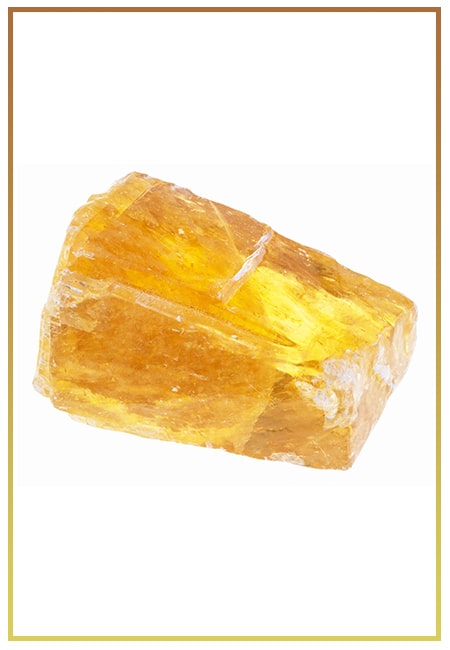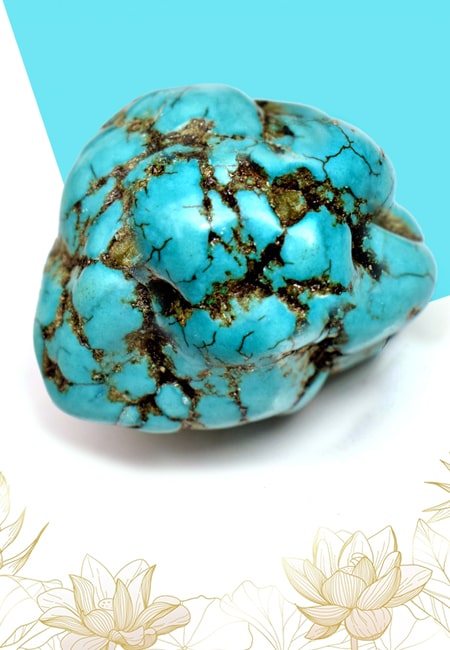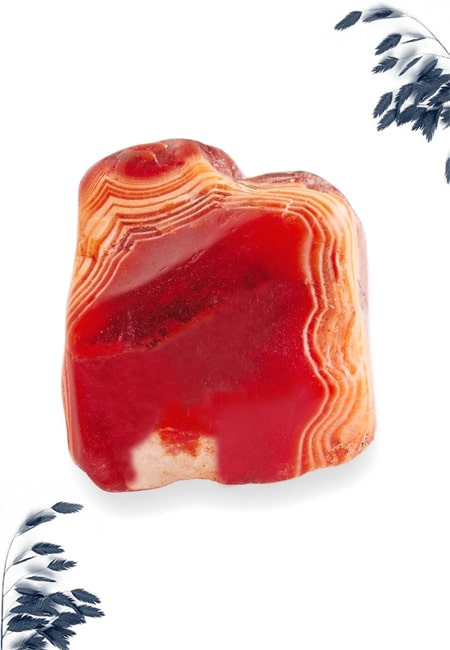- Written By Team DWS
- Festivals
- June 11, 2025
Embracing the Divine Serpents: The Significance and Celebrations of Nag Panchami
As the monsoon clouds gather and the earth turns vibrant, the Hindu festival of Nag Panchami emerges, offering a unique opportunity to honor and celebrate the divine serpents revered in Indian mythology and culture. Observed on the fifth day of the waxing moon in the month of Shravan (July-August), this ancient festival is deeply embedded in the values and beliefs of millions, making it a beautiful confluence of spirituality, environmental consciousness, and cultural heritage.
 copy-dws638852833780616382.jpg)
The Mythological Roots of Nag Panchami
Nag Panchami has its roots in ancient Indian texts, particularly the Puranas, which detail the various tales of Nagas (serpents) and their significant role in Hindu mythology. These serpents are not merely manifestations of danger and fear; they symbolize fertility, vitality, and the interconnectedness of life. One of the most celebrated legends associated with this day is that of Lord Krishna subduing the serpent Kaliya in the Yamuna River. By defeating Kaliya, Krishna not only saved the people of Vrindavan from the serpent’s wrath, but he also showcased the protective nature of divine energy against darkness and chaos.
Another important narrative involves the Naga king Vasuki, who played a pivotal role in the churning of the ocean (Samudra Manthan) from which emerged the elixir of immortality. This act of collaboration among deities and demons underscores the significance of unity and cooperation for a common good, showcasing that even the fiercest of beings can serve a greater purpose.
Spiritual Significance
Nag Panchami is celebrated as a day dedicated to worshipping the serpents, which are believed to embody divine energies. Offerings made to the Nagas are thought to bestow blessings of protection, prosperity, and fertility. Families often pray to these divine serpents to seek freedom from the karmic ties of ancestral sins related to Naga dosh (the adverse effects of serpents on one’s life), hoping to ensure peace for their ancestors in the afterlife.
The act of worship also extends to the earth, asking for forgiveness for the environmental degradation brought on by human activity. In a world increasingly aware of the need for ecological balance, the festival serves as a reminder of our duty to protect and respect all forms of life, including the often-misunderstood serpents.
Traditions and Customs
The customs of Nag Panchami are as diverse as the regions in which they are observed. On this auspicious day, devotees often create elaborate images or idols of divine serpents out of clay or flour, adorning them with flowers and offerings of milk, rice, and honey. Many people also visit temples dedicated to Nagas, where special prayers and rituals are conducted. It is common to see people pouring milk onto images of snakes, symbolizing devotion and seeking blessings for health and wellness.
Additionally, in rural areas, one can find the tradition of tying sacred threads around trees, often near bodies of water where serpents are believed to reside. The act often involves storytelling, where elders share ancient tales of Nagas, instilling values of respect for these creatures in the younger generation.
In many communities, the festival also marks an occasion to come together as families. Delicious feasts are prepared, with traditional sweets and savory dishes on offer, emphasizing the spirit of joy and gratitude.
Modern-Day Significance
In contemporary times, as people navigate through the complexities of modern life, Nag Panchami serves as a beacon of hope and connection to one’s roots. The festival emphasizes the importance of preserving traditions while enriching them with modern interpretations. With a growing awareness of environmental issues, many individuals and communities use this day to engage in snake conservation efforts or to educate others about the ecological significance of serpents.
Participating in Nag Panchami celebrations fosters a sense of community and cultural continuity, allowing individuals, families, and friends to reflect on the deep connections between spirituality, nature, and sustainability. As urbanization intensifies and rural traditions face the threat of dilution, festivals like Nag Panchami uphold the values that bind society together.
In conclusion, Nag Panchami transcends mere ritualistic observance; it is a day that embodies respect for the natural world, emphasizes familial bonds, and promotes spiritual wellness. As fervent prayers fill the air and offerings are made, communities unite in celebration, embracing the divine serpents that remind us of life’s sacred interconnectedness. This festival, rich in tradition and lore, invites us all to reflect on our relationship with nature and honor the age-old narratives that shape our existence.
 copy-dws638852834093895438.jpg)
Nag Panchami FAQs: Your Guide to the Festival of Serpents
Here are some frequently asked questions (FAQs) about Nag Panchami:
1. What is Nag Panchami?
Nag Panchami is a Hindu festival dedicated to the worship of snakes (naga). It is celebrated on the fifth day of the Hindu month of Shravana, which usually falls in July or August. Devotees offer prayers and milk to snake idols or images as a mark of respect and devotion.
2. Why is Nag Panchami celebrated?
Nag Panchami is celebrated to honor the power and significance of snakes in Hindu mythology. Snakes are associated with fertility, protection, and renewal. Devotees seek blessings from the snake deities for the well-being of family members and to ward off negative energies.
3. What rituals are performed on Nag Panchami?
Common rituals include:
- Offering milk, flowers, and food to snake idols or images.
- Performing aarti (a ceremonial worship with light).
- Reciting prayers or mantras related to Nag Devta (snake deity).
- Visiting snake temples or allowed places where snakes are venerated.
4. Are there any specific prayers or mantras for Nag Panchami?
Yes, devotees often recite specific mantras, such as the "Naga Stotra" or prayers from scriptures like the "Bhagavad Gita." Simple prayers invoking the blessings of snake deities are also common.
5. Is Nag Panchami celebrated throughout India?
Yes, Nag Panchami is celebrated in various parts of India, although the customs and traditions may vary. It is particularly prominent in states like Maharashtra, Karnataka, and Uttar Pradesh.
6. What is the significance of offering milk to snakes?
Offering milk to snakes is believed to be a gesture of devotion and respect. It symbolizes nourishment and gratitude. In many cultures, snakes are viewed as sacred, and offering milk is seen as a way to appease them.
7. Are there any taboos or restrictions on Nag Panchami?
While there are no strict prohibitions, many devotees refrain from killing or harming snakes. It is encouraged to respect all forms of life and promote co-existence with wildlife, particularly snakes.
8. Can Nag Panchami be celebrated at home or only at temples?
Nag Panchami can be celebrated both at home and at temples. Devotees often set up a small altar at home, decorate it with flowers, and perform rituals for the snake deities.
9. Is there a mythological story associated with Nag Panchami?
Yes, one of the popular legends is about Lord Krishna, who defeated the serpent Kaliya. This story highlights the significance of snakes in Hindu mythology and their duality as both protectors and antagonists.
10. What should one do if they are unable to perform the rituals on Nag Panchami?
If unable to perform rituals on the specific day, devotees may observe fasts, offer prayers, or conduct the rituals on another day close to Nag Panchami. The intent and devotion are what matters most.
11. How can non-Hindus participate in Nag Panchami?
Non-Hindus can participate by respecting the customs and practices. They may join in rituals with consent and understanding, appreciating the cultural significance of the festival.
12. Are there any social or community activities associated with Nag Panchami?
In some regions, communities organize fairs, snake processions, and educational programs about wildlife conservation, emphasizing the importance of snakes in the ecosystem.
End
Nag Panchami is rich in cultural and spiritual significance, symbolizing respect for nature and its creatures. It offers an opportunity for reflection, reverence, and connection with traditional beliefs.
Popular on Blogs

Black Tourmaline: Meaning, Healing Properties, Fascinating Facts, Powerful Attributes, Versatile Uses, and Beyond
September 05, 2023 / BY Team DWS
Black Tourmaline, also known as Schorl, is a highly revered crystal with incredible metaphysical properties. It derives its name from the Dutch word "turamali," meaning "stone with ..

Carnelian Stone: Meaning, Healing Properties, Power, Facts, Color, Uses and More
December 26, 2023 / BY Team DWS
Carnelian is a vibrant and captivating gemstone that holds a plethora of meanings, healing properties, and powers. Its warm and fiery energy makes it a popular choice among crystal ..

Citrine: Exploring its Meaning, Healing Properties, Fascinating Facts, Powers, Versatile Uses, and Much More
November 18, 2023 / BY Team DWS
Citrine, with its warm golden hues, has captured the attention and imagination of people for centuries. This beautiful gemstone, commonly associated with wealth and prosperity, hol ..

Black Onyx: Unveiling the Meaning, Healing Properties, Fascinating Facts, Powerful Attributes, Versatile Uses, and Beyond
July 25, 2023 / BY Team DWS
Black Onyx, a striking gemstone admired for its deep black hue and elegant appearance, has captivated people for centuries. In this comprehensive guide, we will delve into the mean ..

Unveiling the Mysteries of Turquoise Stone: Exploring its Meaning, Healing Properties, Power, Facts, Color, Uses, and More
December 05, 2023 / BY Team DWS
Turquoise, with its captivating blue-green hue, has been adorning jewelry and artifacts for centuries. This striking stone has a rich history, rich symbolism, and a plethora of int ..

The History Behind The Popularity of Red Agate
December 23, 2022 / BY Team DWS
An Agate is a type of magma rock that takes many years till it is washed out naturally into the water. And that is the reason this stone has elements of water. This beautiful stone ..

Bloodstone: Unveiling the Meaning, Healing Properties, Facts, Powers, Uses, and More
August 21, 2023 / BY Team DWS
Bloodstone, with its captivating deep green color with specks of red, is a mesmerizing gemstone that has fascinated civilizations for centuries. It possesses unique healing propert ..

Plan a Perfect Valentine's Week with Our Valentine Week List 2025
January 22, 2024 / BY Team DWS
Valentine's Day is undoubtedly the most romantic day of the year, but we believe that one day is just not enough to express your love and make your partner feel special. That's why ..


